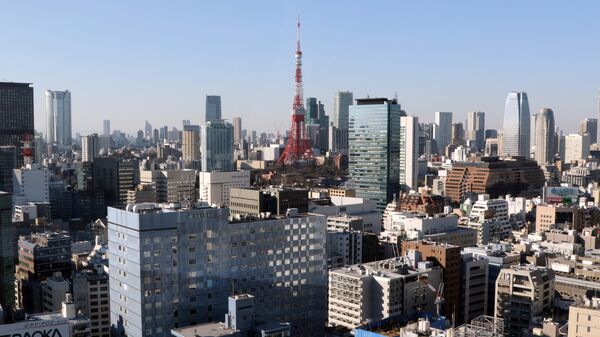According to the National Institute of Infectious Diseases, on November 19 there were 6,096 cases of the sexually transmitted disease in the country, the first time that number broke 6,000 since 1970.
The highest number of syphilis patients were found in the capital metropolis of Tokyo, which had 1,548; it was followed by 1,043 in Osaka, 399 in Aichi, 314 in Kanagawa, 272 in Fukuoka and the rest scattered among the remainder of Japan's 47 prefectures, the Japan Times noted.
Authorities have tried a variety of methods to stem the tide of syphilis, which was believed to primarily affect the LGBTQ community until a recent set of studies proved the sharpest rise was among men who have sex with women and women who have sex with men. Methods have included mass distribution of contraceptives like condoms and a leaflet campaign in which anime character Sailor Moon pleads with people: "If you don't get tested, I will punish you!!"
The South China Morning Post notes that authorities have been unable to identify the causes behind the spike in cases, although the publication noted that one Osaka doctor had floated the idea that male tourists utilizing the commercial sex industry had driven the increase.
With Tokyo due to see millions of new visitors when it hosts the Summer Olympics in 2020, metropolitan officials aren't wasting time trying to get a handle on the outbreak.
Beginning next year, Japan's Health Ministry will institute a mandatory reporting system for doctors, including the source of the infection. They will also be stepping up their contraception campaign, the Japan Times notes.
Syphilis is a sexually transmitted disease spread by contact and caused by the treponema bacteria. It goes through distinct phases that begin with minor sores and ulcers around the genitals but, if left untreated, can progress to damage the patient's internal organs, including their heart and brain. The illness can be cured with a simple antibacterial medication if caught early, but is difficult to treat in later stages.



